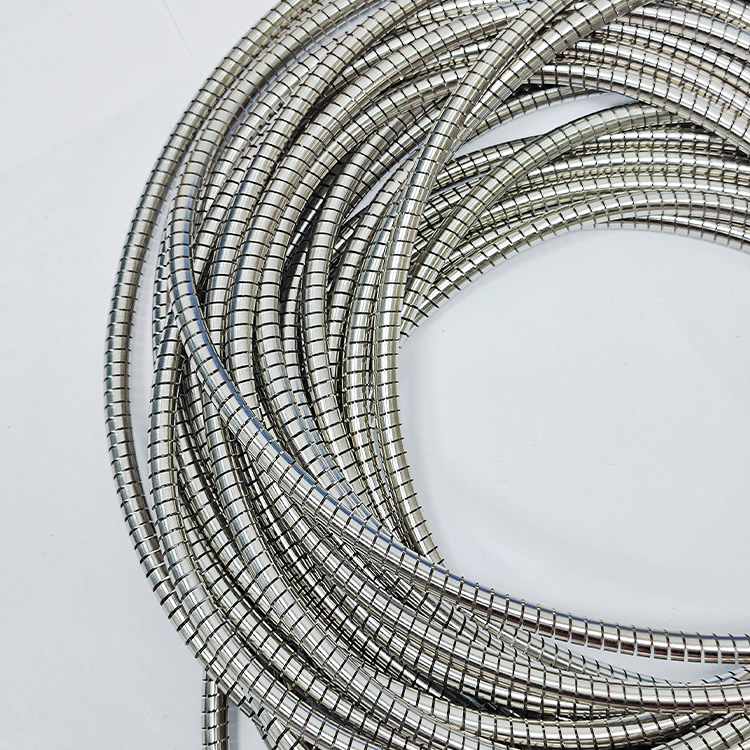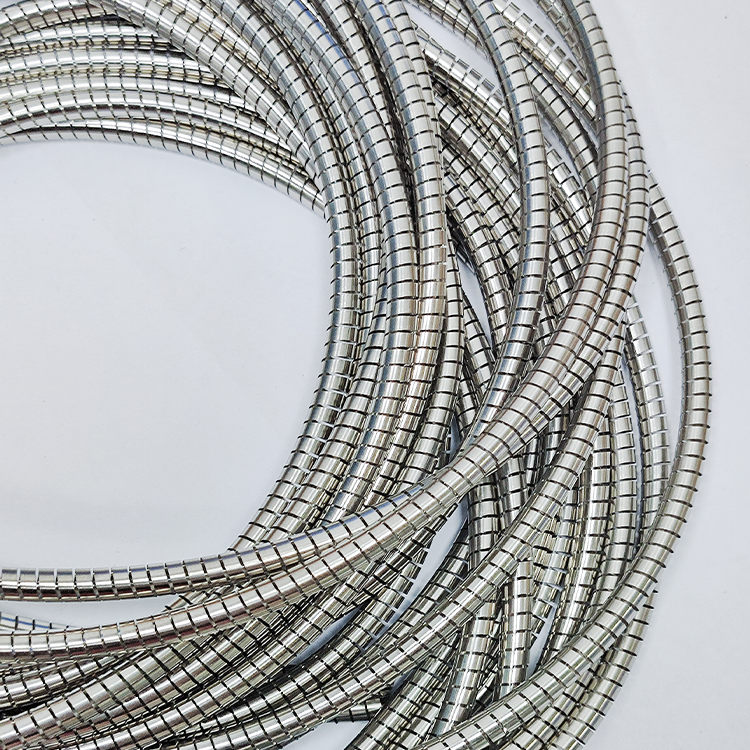The lubrication frequency of helical springs should align with the manufacturer’s recommendations and operating conditions. Typically, follow their guidelines for smooth operation and wear reduction. Prior cleaning is crucial to remove dirt or remnants that could affect the efficacy of the lubricant.For springs grappling with high cyclic fatigue or extreme environmental scenarios, they may necessitate more frequent attention, including lubrication. Regular inspections (visual inspection for wear/damage and tension check) are vital for extending the life of technical springs. Additionally, regular cleanings are necessary to eliminate debris around components like washers, which can impair performance if unchecked.

Devising a comprehensive maintenance schedule outlining all tasks and respective frequencies is key to maintaining optimal spring performance. This timetable should be tailored based on the type of spring used and its operational conditions. For instance, technical springs under high stress or extreme temperatures might require more frequent checks and lubrication than those in normal conditions.

In conclusion, the lubrication frequency of helical springs hinges on specific applications and operating conditions. Always adhere to the manufacturer’s advice and consider your application’s environment and operational needs to determine an appropriate maintenance plan.